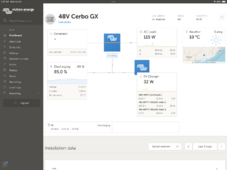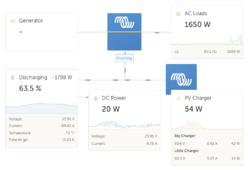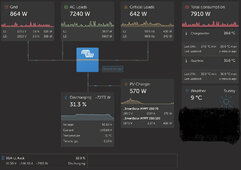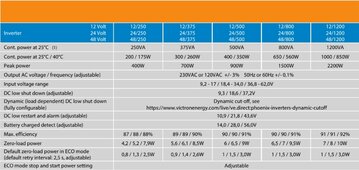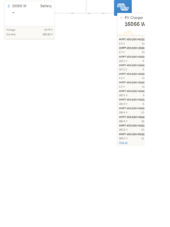Drunkin Solar
New Member
Sorry but I'm not within 500 mi of my system right now and it's not online at this time. So can't grab a screen shot for you (I certainly would if I was there)
Back last summer I spent a little time looking at the self consumption of the system particularly the Multi and thought all the numbers were fine.
I would be astounded if I pushed the 3000w inverter to say 2500w (I haven't so far) and saw loses like you are with your 2000W unit.
Back last summer I spent a little time looking at the self consumption of the system particularly the Multi and thought all the numbers were fine.
I would be astounded if I pushed the 3000w inverter to say 2500w (I haven't so far) and saw loses like you are with your 2000W unit.



